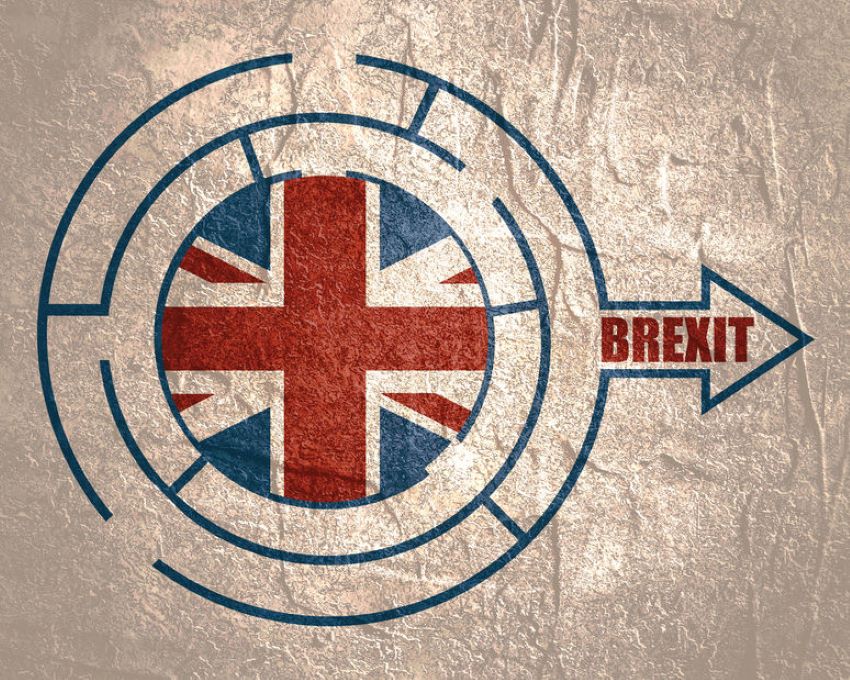Corbyn to be May’s next scapegoat?
STERLING
Sterling continues to be driven by Brexit related developments and having flirted with $1.32 in the middle of last week, has drifted back towards the 1.30. Investors have welcomed what appears to be a reduced likelihood of a no-deal Brexit and a higher probability of a softer Brexit although this is still some way off. May is currently running out of options to blame delays on, with some market participants believing talks with Corbyn will allow the PM to now shift the blame for delays on to him and potentially kick the Brexit-can down the road for another 12 months.
Sterling shorts (bets against the currency) have reduced in the last week, retracing to levels last seen in Q2 2018.
UK GDP figures due on Wednesday alongside industrial production may play their part this week but investors will continue to be focused on Wednesdays EU Summit.
DOLLAR
The Dollar Index has seen a modest pullback in Europe this morning but is still holding onto the 97.0 handle. Fresh impulses have been limited over the weekend with the usual reports of ‘progress’ made in the US-China trade negotiations. Softness may still be derived from the soft wage data released in Friday’s jobs report while recent Trump/Kudlow rhetoric aimed at the FOMC is also still a concern.
EURO
The Euro will be in focus this week ahead of Wednesdays ECB policy decision where policymakers are expected to stand firm on policy after unveiling new bank loans in March.
EUR/USD inched higher this morning having briefly surrendered 1.12 last week on a string of weaker-than-expected data points; Euro Zone CPI, PPI and German factory orders all came in weaker than forecast.
JAPANESE YEN
The Japanese Yen remains at the mercy of broader risk sentiment rather than domestic factors and has gained this morning as European cash equity markets declined. The perceived safe-haven currency finished Friday as one of the weakest G10’s on US-China trade optimism although softer data and surveys may also have played their part.
This week, core machinery orders and PPI are due for release on Wednesday.
AUSTRALIAN DOLLAR
The RBA left rates on hold last week although Governor Lowe acknowledged data painted “a softer picture of the economy than the labour market data”. The Aussie Dollar declined in response although losses proved short lived as AUD/USD remains a proxy for US-China trade prospects which seemingly improved. The pair was flat this morning, just above 0.71 with few major developments in talks over the weekend.
NEW ZEALAND DOLLAR
The New Zealand Dollar finished Friday as one of the weakest G10 currencies for the week with NZD/USD touching its lowest level since mid-January at 0.6718. The dovish turn by the RBNZ in the week prior continues to weigh on the Dollar ahead of another quiet week for macro data.
CANADIAN DOLLAR
Canadian payrolls fell by less than expected on Friday but the Canadian Dollar still softened versus the US Dollar with USD/CAD briefly topping $1.34. Housing data released this afternoon came in short of expectations at 192.5k with a quiet week ahead.
SWEDISH KRONA
EUR/SEK remained contained with the 1.40 – 1.50 range last week with the Krone deriving only brief support from a notably strong manufacturing PMI figure. Thursday’s CPI figures will be the main focus for investors this week.
NORWEGIAN KRONE
The Norwegian Krone has begun the trading week on the front foot, tracking modest gains in the oil markets with EUR/NOK edging below 9.64. Wednesday’s CPI figures are the only notable release of the week.
To discuss currency risks that may affect your business in 2019 and 2020, call us on 020 3876 5432 for a free consultation now.
